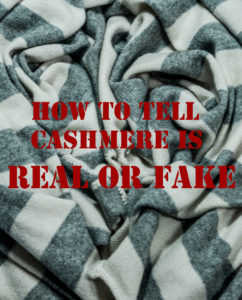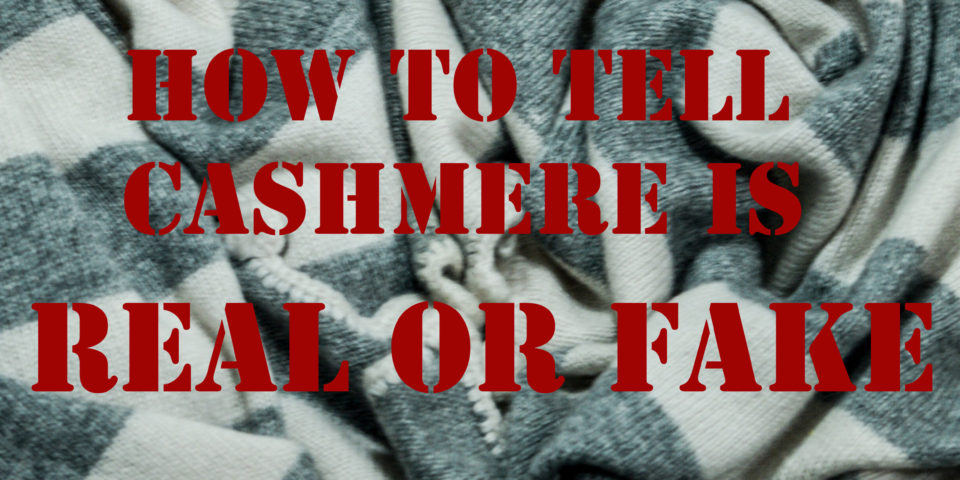10 ways to Test whether your Cashmere Pashmina is Real or fake?
Before going to the topic of How to tell if cashmere is Real or Fake, let’s get into a basic but important question.
What is Cashmere Pashmina?
Pashmina or Cashmere is weaved of Pashmina fleece. The fleece is gathered each spring by shedding the internal winter layer of a unique Himalayan goat called Capra Hiracus or Changyra in Nepali (also referred to as Pashmina goat). These goats live in brutal Himalayan conditions over 3000 meters high. Higher the territory, better the cashmere, it is believed.
Roughly 80 to 170 grams of fiber is gathered from every goat, which is then woven into Cashmere or Pashmina. Not all gathered fleece is prepared to make your extravagant cashmere item. Only 50% of it tends to be utilized to create fiber.
As the colder time of the season passes, the inward layer of the Chyangra’s fleece regenerates, ready for another round of extraction by the next Spring. Without a doubt, Pashmina is one of the finest fibers bestowed from the Himalayas to the rest of the world.
Other than the extraction, the weaving of Cashmere also requires extraordinary craftsmanship since it is so fine and fragile. From fiber to fashion, able craftsmanship is meticulously engaged during each progression of the work cycle.
These are a few methods/tests that can help you determine/check if the cashmere you bought is real or fake.
These are a few methods for the cashmere test.
- Look Test
- Feel Test
- Stretch Test
- Price Test
- Diameter test
- Label Test
- Lab Test
- Soft with time
- Burn Test
- Ring Test
1. CASHMERE LOOK TEST
When you hold cashmere items at eye level and look across the surface small amount of fluffiness, between 1-2mm indicates longer hairs were utilized which betokens less pilling will transpire. This ascertains test of a true cashmere.

2. CASHMERE FEEL TEST
The hand feel of cashmere is a strong indicator of the quality type of the fabric. The best quality cashmere feels the softest giving a soft sensation on the skin. Feel test is one of the methods for the true test of the cashmere.
3. CASHMERE STRETCH TEST
Stretch out a piece of the cashmere gently and see if it retains its shape or not. If the Knit of the cashmere is tight, it will come back to its original shape implying that the fabric is of better quality.
4. CASHMERE PRICE TEST
If the price is too low – lower than $25 for the scarf and $40 for shawls – then the fabric is fake. Cashmere is expensive because it’s neither widely found, easily cultivated, nor easily crafted. Harsh weather conditions for the Chyangras (Himalayan Goats) to survive to make the fabric difficult to cultivate and rare. Plus, it requires extraordinary craftsmanship in each stage of the production. So be cognizant of cashmere’s prices when you are out there looking for quality fabric. Price is the biggest factor in how to test cashmere.
5. CASHMERE DIAMETER TEST
Test of Real Cashmere or Pashmina is made from the finest raw material, which emanates from 14-15.5 micron anything above 19 microns are not considered Cashmere. Due to this reason, Cashmere is lightweight compared to other materials.
6. CASHMERE LABEL TEST
Even the unauthentic or blended cashmere is labeled as 100% cashmere sometimes. So watch out. Fake cashmere labels are usually poorly and erroneously stitched.
7. CASHMERE LAB TEST
To test the high-quality cashmere, the fibers need to be quantified in terms of density and thickness, pigmentation, diameter, and other characteristics, which can be viewed on a microscope. The lab-tested report can be generated upon request by standard labs like SGS, Intertek, and NBSM.
8. CASHMERE SOFT WITH TIME
Good quality cashmere is weaved or knitted tighter but gets soft with time and use.
9. CASHMERE BURN TEST
When you burn the edge of the cashmere or Pashmina, it should smell like burning hair. If it smells like plastic or rubber, it is unauthentic.
9. CASHMERE RING TEST
When you can manage to pull the whole cashmere shawl through a very small ring – it means cashmere is real! It comes from four distinct breeds of Cashmere goats that live only in the harsh Himalayan or Mongolian region where the temperature goes up to -40 degrees celsius. – that is why genuine cashmere pashmina is an expensive and rare material.
Do you have any tips or questions to determine whether your cashmere is genuine or fake? Then visit our Facebook page and leave us a message.
For Genuinely Labeled Cashmere or Blended cashmere visit our online store.


27 Comments